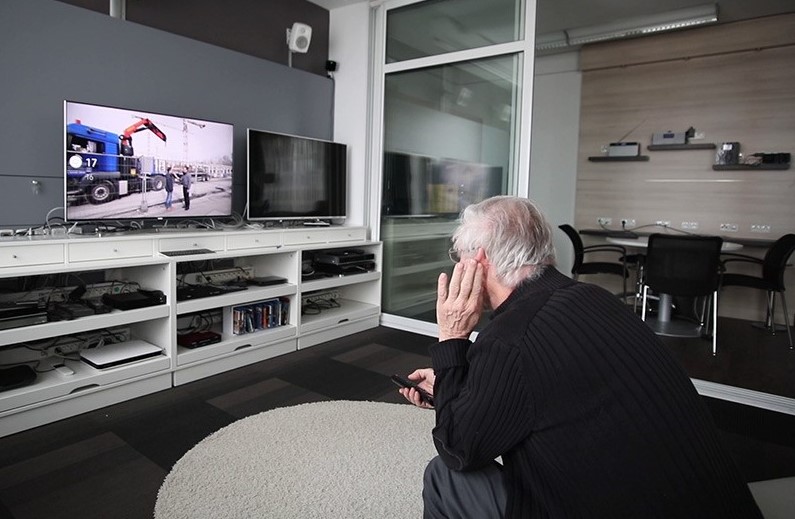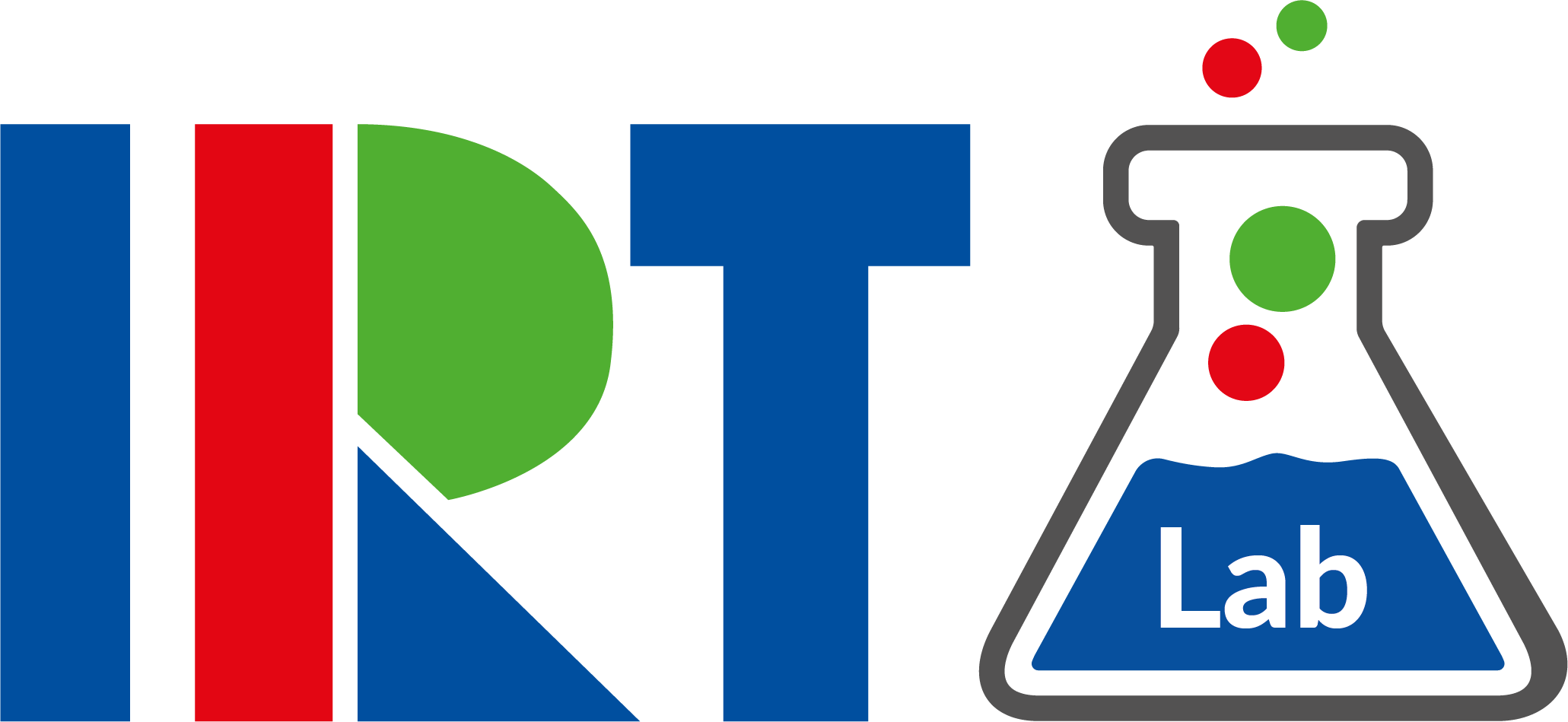 Over the past several years the number
of complaints from TV viewers about hard to understand dialogue in various programs
has been increasing. Many viewers are not always able to follow the dialogue of a TV
program without effort even though they have adjusted the volume. Reasons for this
can be age-related hearing impairments, modern sound design, technical constraints
during recording or poor playback quality on flat screens in the living rooms.
Over the past several years the number
of complaints from TV viewers about hard to understand dialogue in various programs
has been increasing. Many viewers are not always able to follow the dialogue of a TV
program without effort even though they have adjusted the volume. Reasons for this
can be age-related hearing impairments, modern sound design, technical constraints
during recording or poor playback quality on flat screens in the living rooms.
The improvement of speech intelligibility in broadcast programs has, therefore,
become an important issue for broadcasters in Germany and they recognized the need
for action. IRT has been working on different approaches on how to improve speech
intelligibility in broadcast programs for several years now.
One solution is a separate Dialog+ mix. In this case, an additional audio track
would be offered on the broadcasting side, in which the background sound is lowered
in relation to the speech. The prerequisite for this is that the dialogue track and
the background track are separately available for the Dialog+ mix. These Dialog+
versions are offered as an alternative in addition to the original mix. Using
features of the HbbTV2 standard alternative
audio streams can be provided via internet and synchronized with the broadcast
video on the TV. With this solution, more than one enhanced audio mix can be
made available, e.g. to lower the background audio by 50% respectively 75%. The
viewer can choose whichever version meets their individual needs.
IRT has developed a showcase application for TV which can already be used right now on all devices which support the HbbTV2 standard. This showcase is also a very first step towards the personalization and interactivity features that can be enabled with NGA (Next Generation Audio) Productions. When NGA is more common in production it will offer even more cost efficient and flexible ways to produce Dialog+ mixes and better speech intelligibility.
The following demo video shows how this application works in practice:

